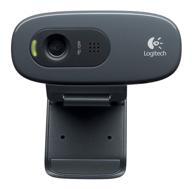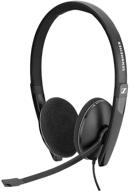
Review on 💻 PCI-e PCI Express 1X to 16X Extension Cable with Enhanced Gold-Plated Connector by Roger Alexander

Fits Asrock Q1900B and HD7570
Let me start with the basics; If you are in the same situation as me and need to install a PCIe x16 GPU on a motherboard (I have an Asrock Q1900B-ITX) that only has a PCIe x1 socket, this might work if your motherboard and your operating system support this. My Asrock Q1900B and Windows 10 Pro had no problems recognizing the graphics card. After installing the adapter and my GPU (HD 7570), I first booted into Windows, and thanks to the magic of the internet and the automatic download of Microsoft drivers, the screen flickered for two minutes and the resolution automatically adjusted to 1080P. Device Manager showed that I had switched from the default Windows default graphics card to the AMD 7500 series graphics card. Now the not so good news. As other reviewers before me have pointed out, the adapter has one undesirable quality when trying to use it in a cramped case (my InWin BL040): it's impossible to fit a GPU into an expansion slot. I ended up using a dremeling in my case to create a new slot and clamped my small GPU over the motherboard with foam and tape. See photos. I imagine that in other cases cable/cable alignment might not be such an issue for other users.
- Computer Accessories and Peripherals
- Hard to say
New products
Comments (0)
Top products in 🔌 Cables & Interconnects
Another interesting products

Logitech HD Webcam C270: Crisp 720p Widescreen Video Calling & Recording (960-000694), Lightweight and Portable at 3.15 lb.

192 Review

Smartphone Samsung Galaxy A50 4/64 GB, 2 SIM, black

82 Review

Sennheiser PC 8 2 Cancelling Microphone

71 Review

Enhance Your Visual Experience with Logitech C260 Webcam

78 Review






